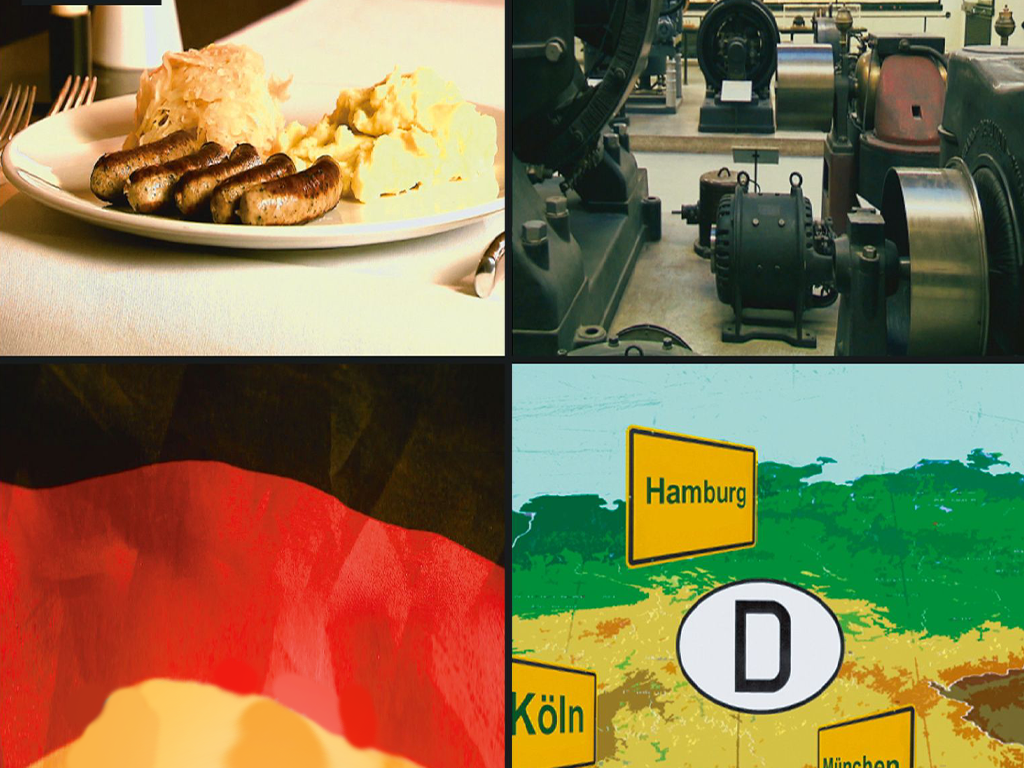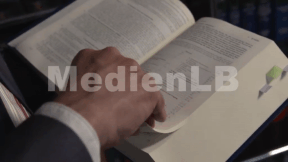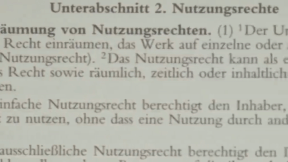 Society
Society

4668259 / 5559750
Typisch Deutsch
Nur Vorurteile?
In Deutschland leben etwa 80 Millionen Einwohner, die Nationalflagge hat die Farben Schwarz-Rot-Gold, die Bundeshauptstadt ist Berlin. Soviel weiß eigentlich noch jeder, der in Deutschland lebt. Aber es gibt noch einiges mehr, was man über Deutschland wissen sollte. Schon bei der Frage nach der Anzahl der Bundesländer, der Nachbarstaaten oder dem längsten Fluss Deutschlands geraten einige ins Stocken. “Schau dich schlau!” möchte mit dieser Sendung Deutschland den Deutschen ein Stückchen näher bringen und ihnen helfen, ihr Land besser kennen zu lernen. Joey Grit Winkler und Fero Andersen unterziehen sich daher erst einmal dem “Schau dich schlau!”-Einbürgerungstest. Am Ende der Sendung erfährt der Zuschauer unter anderem, wer sich in den Kategorien “deutsche Erfinder” und “deutsche Geschichte” besser auskennt. Während Joey und Fero die zum Teil kniffligen Fragen beantworten, erfährt der Zuschauer auch, warum eines der deutschen Nationalgerichte “Sauerkraut mit Bratwurst” ist und wie es hergestellt wird. Fleiß, Pünktlichkeit und Ordnungssinn – das sind nur einige der “typisch deutschen” Tugenden. “Schau dich schlau!” erklärt humorvoll, warum sie den Deutschen zugeschrieben werden, und prüft, ob das tatsächlich so zutrifft.
Play trailer
Curriculum-centred and oriented towards educational standards
Matching
Blogging
The weblog or blog, for short, as a medium is not much older than this century. Blogs came into being in the World Wide Web as ’messages from below’, as web pages from web creators who wanted to share their view of the world with the world. They are short notes, long texts, pictures, videos, which are posted loosely and at random intervals to the world for an undefined public.
Rights and Obligations
Three girls of different ages: Anna is 17, Paula 15 and Lena 13. Before the law, their respective ages have consequences – because children and adolescents have different rights and also obligations.
Copyright
Copyright is subject to constant change to keep up with technological advances. This film enables the viewer to grasp the basic principles of this extremely intricate matter. By way of introduction, the film defines what an author is, what kinds of works there are and how long a work is protected on principle. Then the fundamental rights of an author are cited and it is shown how these are exploited in our times. In the third chapter, the respective rights are illustrated by way of practice-oriented examples of books, photos, music and films. Here, of course, an emphasis is laid on the field of education, taking into account the latest case law within the EU and Austria in particular. A further chapter highlights the problems arising with the Internet and goes into the citation law and pirate copies. All in all, in this way the viewer is made familiar with the most important basic terms and their meanings. Comprehensive worksheets and additional accompanying material invite us to deepen our knowledge of the subject.









